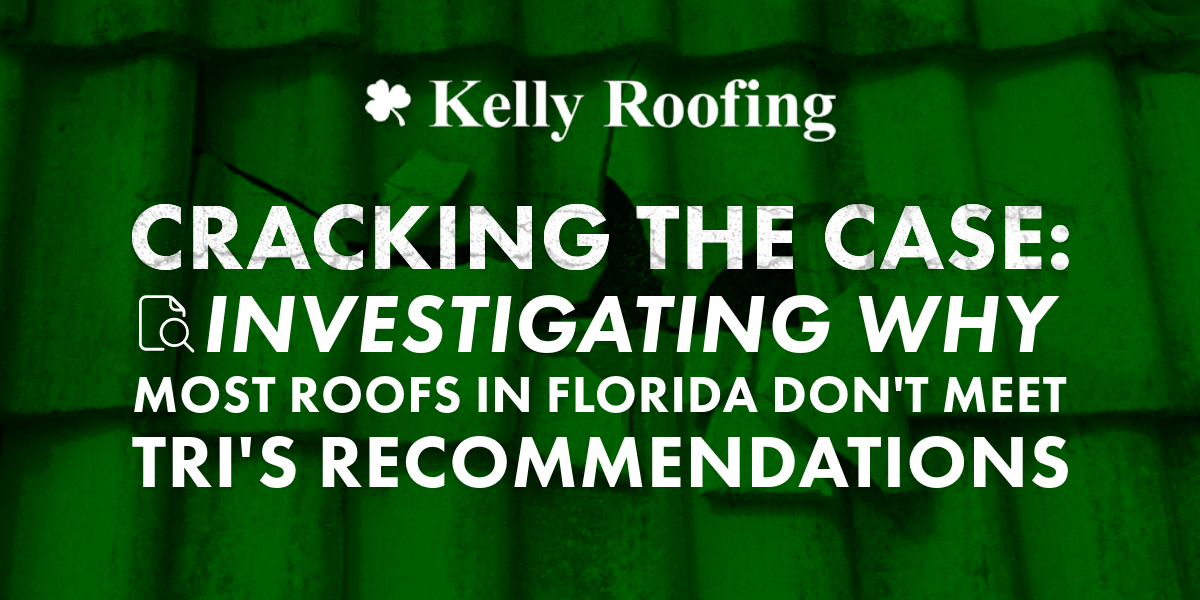There are many types of roofing materials that are available, but one of the most durable is arguably tile roofing. Tile roofing is incredibly resistant to damage caused by severe storms, hurricanes, and earthquakes. It’s also fireproof. This durability is one of the reasons why it has such a long life expectancy. It’s also why a tile roof can cost roughly three times more than a traditional shingle roof to install. However, to ensure your roof lasts as long as possible, you’ll want to make sure your roofer installs top flashing by Kelly Roofing as well — don’t try to cut costs by going with less flashing.
The Importance of Flashing
Flashing is the material used to secure the joints in your roof; for example, where your roof meets a wall or a chimney. These are areas more prone to leaks when it rains, which is why flashing is installed — in order to prevent those leaks from occurring. Flashing is needed to help direct water away from vulnerable areas of the roof, such as valleys between slopes, and towards the roof’s gutter system.
While adding flashing to your tile roof will add to the cost of installing a roof, you’ll likely end up saving a significant amount of money over the long term by preventing serious leaks which can cause damage to the tiles as well as water damage to the underlayment. If your underlayment weakens as a result of water damage, the structural integrity of your roof will become compromised — especially when you consider the heavier weight of tile roofing compared to other roofing materials.
Common Tile Roof Flashing Mistakes
The importance of flashing for tile roofs cannot be overstated; however, improper installation can end up hurting your tile roof as well. The following are a few common tile roof flashing mistakes which can end up being costly:
- The use of poor flashing material – Some roofers may use less or poor quality flashing material, either because it saves them money or because they want you to have to hire them back to perform repairs sooner rather than later (not the type of roofer you want to work with). For example, you do not want to use regular aluminum flashing for your tile roof. Regular aluminum flashing does not hold up to the elements nearly as well as tile roofing.
- The use of flashing which is too narrow and/or rigid – Areas where the tiles of the roof slope upwards and away from each other require wide valley flashing. The flashing shouldn’t be too rigid in this area. A certain amount of flexibility is required so it can withstand contraction and expansion during significant changes in temperature from season to season.
- Not enough flashing around vent pipes or chimneys – Chimneys and vent pipes are areas where an inadequate amount of flashing is often installed. Inadequate flashing in these areas can end up damaging the integrity of your chimney, leaving it vulnerable to potential collapse. Flashing around the chimneys and vent pipes need to be much wider. Adding counterflashing is often a good idea in order to help minimize water permeation by concealing the overlap by the wall.
Installing Flashing on a Tile Roof
Here at Kelly Roofing, we use EPDM (ethylene propylene rubber) rubber graded aluminum combination for external flashing instead of just standard aluminum flashing. This type of flashing will not break down over time. In fact, EPDM rubber is known for being incredibly resistant to heat (which is helpful considering the climate here in Naples, FL), oxidation, and weather. Not only will it last (it won’t break down over time unlike lower quality flashing materials), but it will preserve the aesthetic of your roof. This is because we will match the flashing to the color of your roof — and EPDM rubber is not susceptible to color loss, which means it won’t fade over time.
Hiring a Reliable Roofing Contractor
If you have a tile roof, then you will need to install flashing to help preserve its condition over time. While the quality of flashing is very important, so is the quality of the installation. It’s why you’ll need to make sure you find a roofer who is trustworthy and reliable. Look for the following qualities:
- Experience – The more experience a roofer has, the less likely they are to make mistakes when installing your flashing. They will also have the knowledge to provide better guidance.
- Is local – Only hire a local roofer. A local roofer will be aware of the local building codes and what kind of materials are needed to withstand the local climate.
- A good reputation – Check online reviews and request referrals to ensure they are reputable.
For more information about tile roof flashing or to request an estimate, contact us at Kelly Roofing today.

